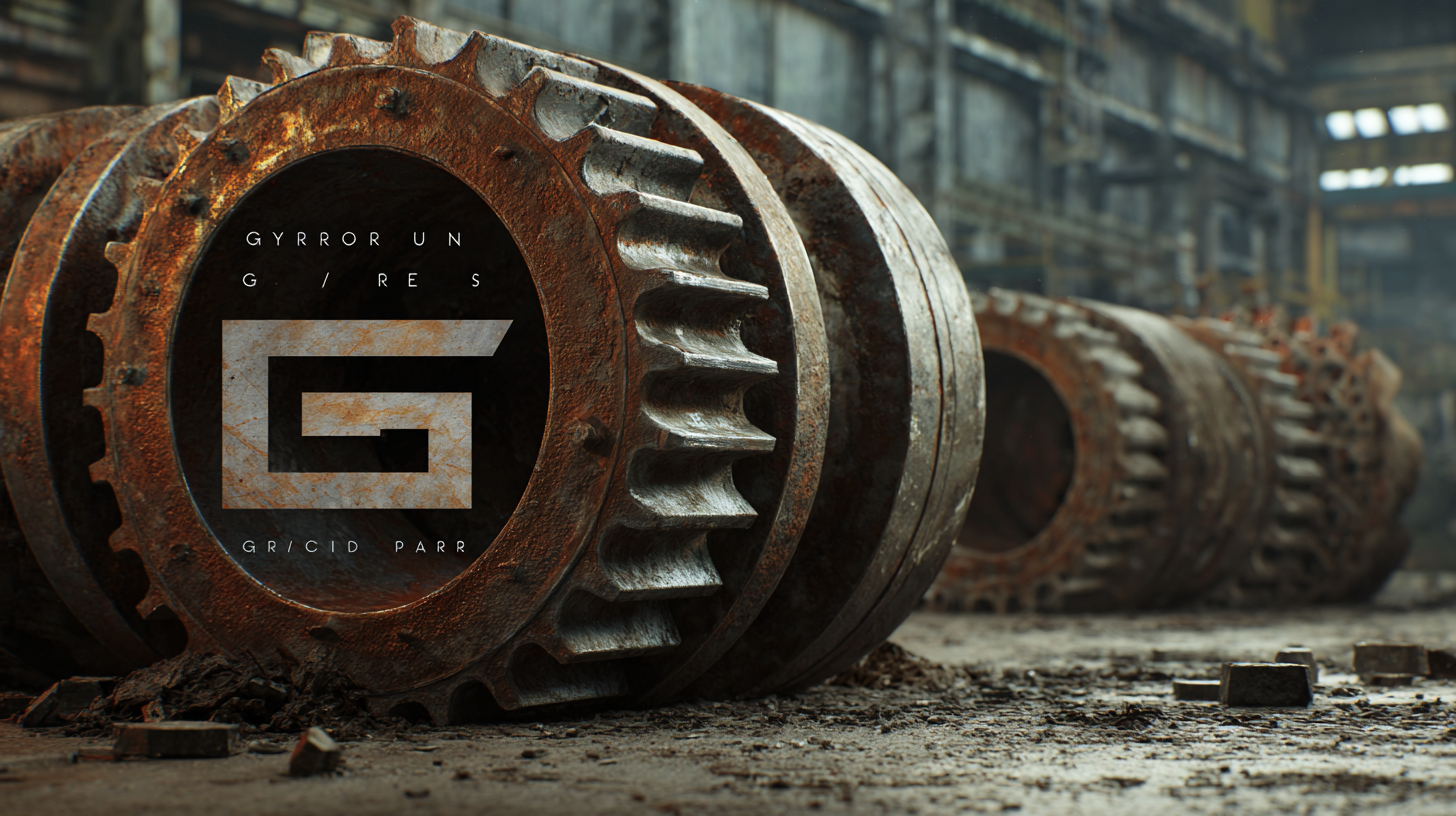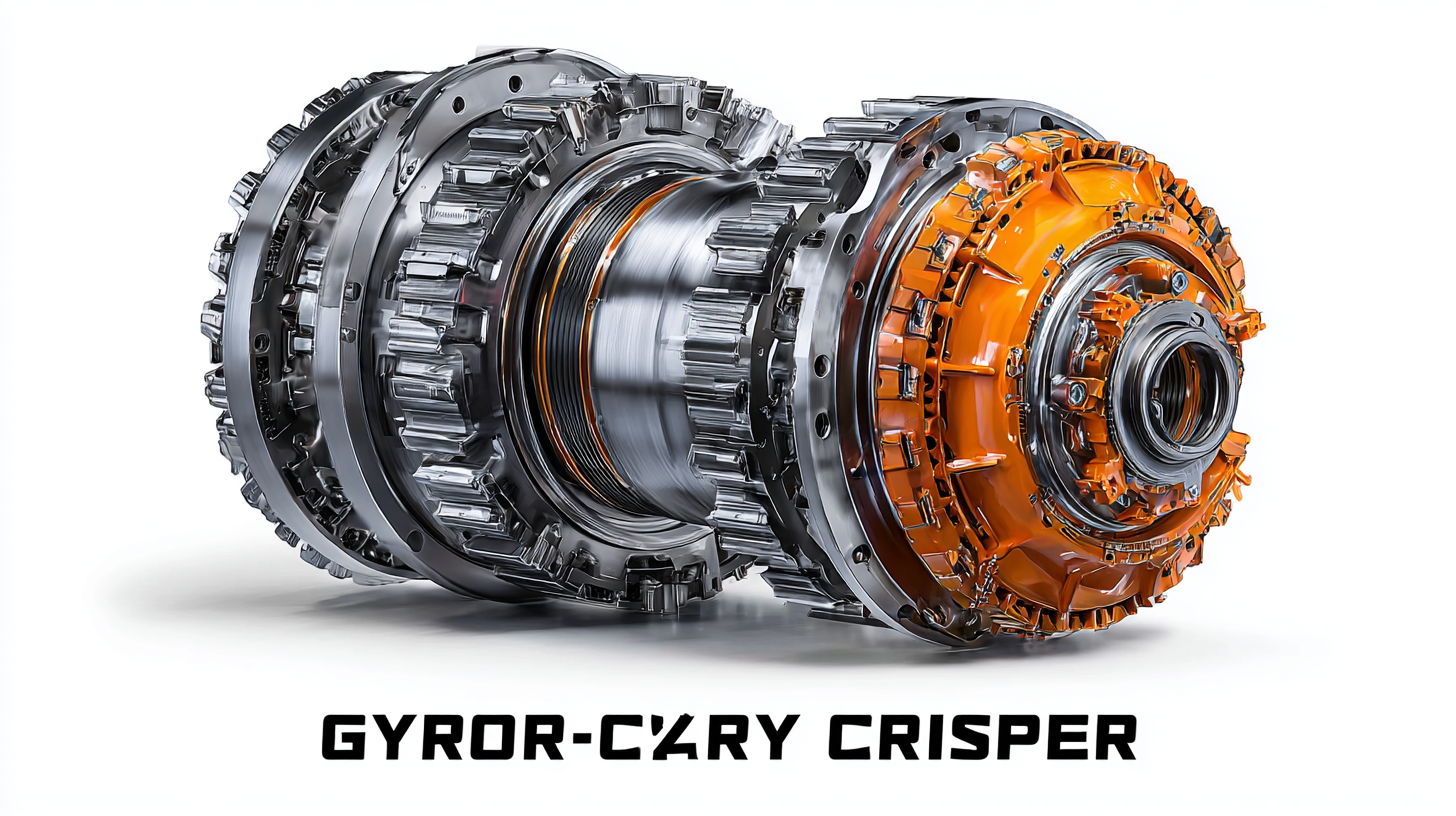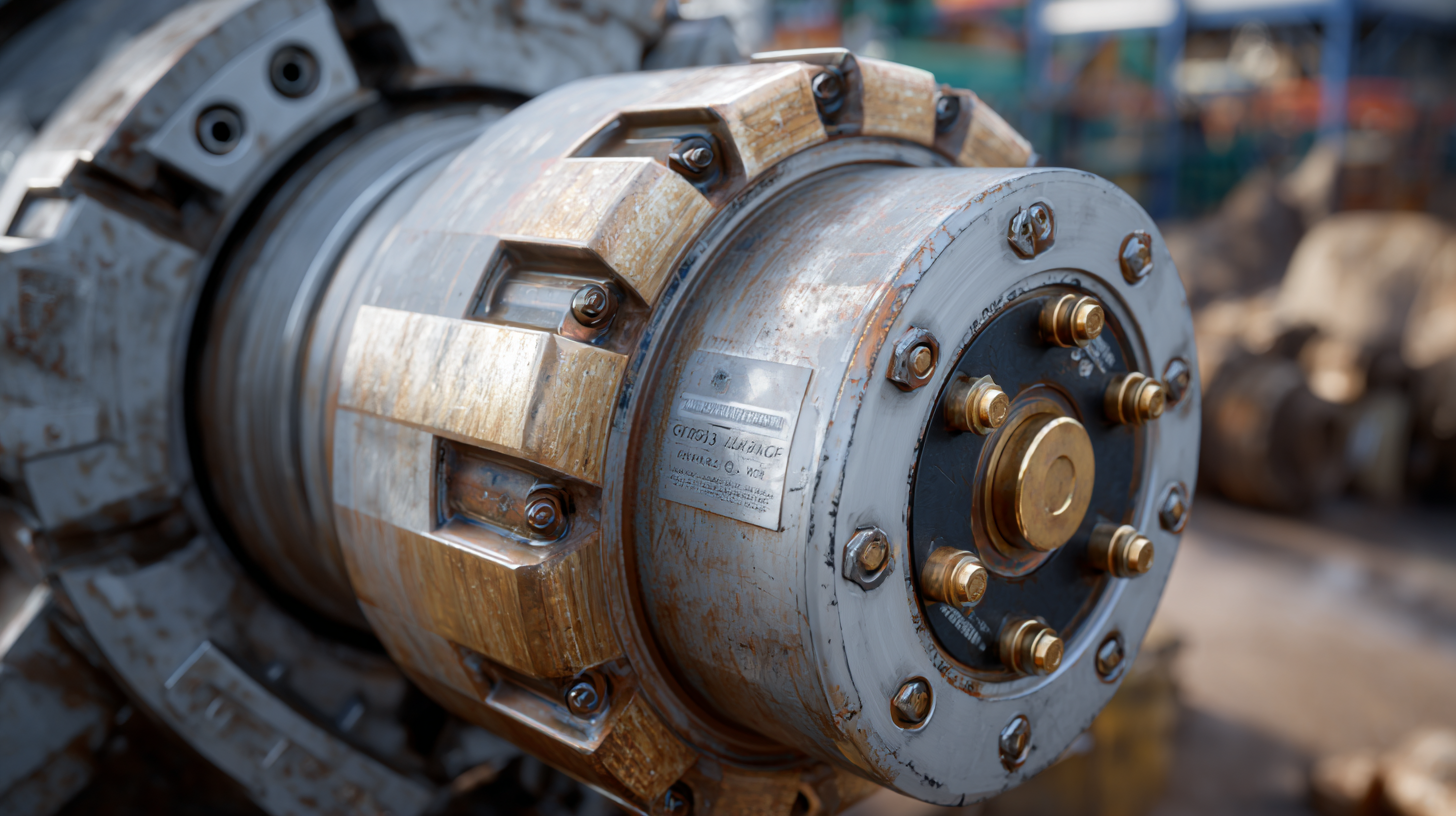
-
Home
-
About Us
-
Products
-
News
-
Blog
-
Contact Us
Leave Your Message

The evolution of Gyratory Crusher Parts has significantly transformed the mining and aggregate industries, enhancing the performance and longevity of these essential machines. According to a 2021 report by Technavio, the global mining equipment market is expected to grow by over $84 billion, with a substantial portion attributed to the increasing demand for efficient crushing solutions. Gyratory crushers, known for their robust design and high capacity, have seen advancements in materials and engineering that reduce maintenance costs and prolong operational life. For instance, utilizing high wear-resistant alloys for Gyratory Crusher Parts has reportedly decreased downtime by up to 30%, allowing operators to maximize productivity while minimizing total cost of ownership. This blog will explore the various enhancements in Gyratory Crusher Parts and their implications for overall equipment effectiveness and service advantages in an evolving industry landscape.

The gyratory crusher has a rich history in the mining industry, evolving significantly since its inception in the late 19th century. Originally designed to crush materials for road building and other construction projects, these massive machines have adapted to meet the demands of larger-scale mining operations.
According to the latest data from the Mining Industry’s Annual Report, the production capacity of gyratory crushers has increased tenfold over the past century, with some modern models capable of processing up to 14,000 tons of mineral materials per day.
Advancements in technology have led to significant design improvements, enhancing both performance and longevity. For example, the introduction of high-strength steel alloys and optimized geometries has improved wear resistance and operational efficiency. A recent study highlighted that using advanced materials can extend the lifespan of critical components by up to 30%, resulting in lower maintenance costs and higher productivity. As the mining sector continues to innovate, the gyratory crusher remains a cornerstone of mineral processing, demonstrating resilience and adaptability through its historical evolution.
The evolution of gyratory crusher design has significant implications for enhanced performance and longevity. Recent innovations focus on increasing efficiency through advanced materials and technologies. Key features now include improved crushing chamber geometry and precision-engineered components that maximize throughput while minimizing energy consumption. This shift not only optimizes productivity but also extends the lifespan of the machinery, ensuring that operations can meet the demanding conditions of modern mining and aggregate production.
When considering upgrades to gyratory crushers, it's essential to focus on maintenance practices. Regular inspections and timely replacement of wear parts can prevent unexpected downtimes and costly repairs. Additionally, utilizing technology such as predictive maintenance tools can help identify potential issues before they escalate, ensuring continuous operation and efficiency.
Investing in energy-efficient designs is another crucial tip for businesses looking to enhance their operations. Selecting crushers with advanced energy-saving features can lead to significant cost reductions over time. As the industry moves towards sustainable practices, leveraging these innovations will not only improve operational effectiveness but also align with environmental goals.
The performance and longevity of gyratory crusher parts are significantly influenced by advancements in materials science. Recent innovations have focused on developing enhanced durability in these components, addressing the escalating demand for efficient mineral processing in various industries. The integration of advanced materials, such as high-performance alloys and composite materials, has led to improvements in wear resistance and strength, which are critical for prolonged operational life in harsh environments.
As industries increasingly turn towards sustainability, similar trends can be seen in parallel fields such as bio-based materials and recycling technologies. Just as the recycling of lithium-ion batteries aims to foster a circular economy, the evolution of crusher parts can benefit from concepts of material recovery and sustainability. By leveraging insights from advancements in biomaterials and eco-friendly coatings, manufacturers can create robust crusher parts that not only withstand the rigors of usage but also adhere to environmental standards. Such approaches fulfill the dual purpose of enhancing performance while minimizing ecological impact, demonstrating how material science is pivotal to modern industrial applications.

The global market for gyratory crusher parts is witnessing remarkable growth, particularly driven by China's significant role in manufacturing. In 2023, the global cone crusher market was valued at USD 2.55 billion and is projected to grow to USD 4.16 billion by 2032. The growth is further echoed in the overall crushers market, which is estimated to reach USD 3.4 billion by 2032, with a CAGR of 5.60%. This upward trend highlights the increasing demand for more efficient and durable crushing equipment.
China stands at the forefront of this booming market, becoming a manufacturing powerhouse for gyratory crusher parts. As countries ramp up construction and mining activities, the need for enhanced performance and longevity in crusher operations becomes critical. The global gyratory crushers market alone was estimated at USD 774.5 million in 2024, expecting a CAGR of 3.9% through to 2034.
Tips for industry stakeholders include staying updated with material advancements that enhance wear resistance and performance reliability. Additionally, investing in innovation and understanding global market trends, particularly in the Asia-Pacific region, can provide a strategic advantage in capturing market share. Enhanced focus on recycling and sustainable practices in stone crushing is also vital for future growth.

The evolution of gyratory crusher parts is increasingly intertwined with sustainability and advanced technologies. Recent reports indicate that the global mining industry is projected to reach a value of $1 trillion by 2025, driving a demand for more efficient and eco-friendly solutions. As a result, manufacturers are focusing on developing gyratory crushers that not only enhance performance but also extend operational life through sustainable practices. For instance, the integration of high-strength materials and innovative designs has led to a reported reduction in wear rates by up to 30%, significantly lowering the frequency of replacement parts.
Furthermore, the advent of digital technologies such as IoT and AI in equipment monitoring is transforming maintenance practices. According to a study from Mordor Intelligence, the adoption of smart technologies in mining equipment is expected to grow at a CAGR of over 10% through 2026. This means that real-time analytics can predict failures in gyratory crusher components, thereby reducing downtime and the environmental impact linked with unexpected maintenance. The future of gyratory crushers lies in a harmonious blend of sustainability and technology, paving the way for a more responsible approach to resource extraction.